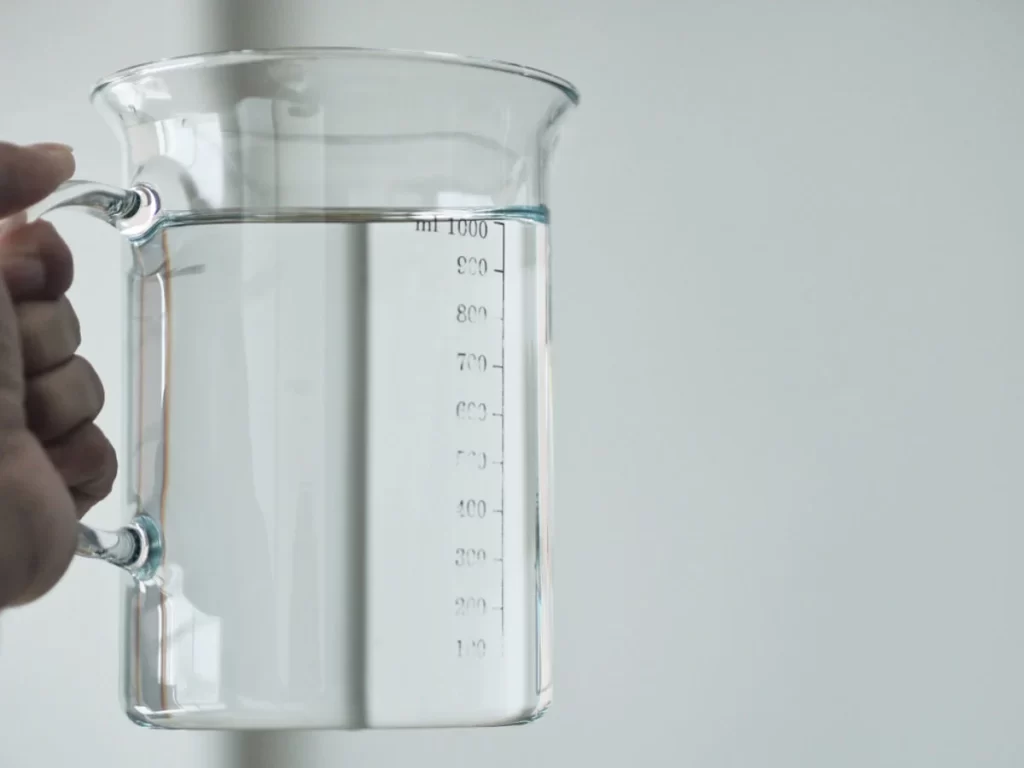Unveiling the Depths of a Quart: A Comprehensive Guide to Volume Measurement
In the world of culinary creations, home improvement projects, or simply understanding everyday recipes, units of volume measurement play a crucial role. One such unit, the quart, can sometimes cause confusion. This informative guide delves into the fascinating history and variations of quarts, explores the conversion between quarts and ounces, and equips you with the knowledge to confidently navigate volume measurements in your daily life.
A History Steeped in Tradition: The Evolution of the Quart
The quart, a unit for measuring liquids and dry goods, boasts a rich history dating back centuries. Here’s a glimpse into its evolution:
-
Ancient Roots: Early civilizations devised their own methods for measuring volume, with the Romans using a unit called an “amphora” that roughly corresponded to a modern quart.
-
Medieval Markets: During the Middle Ages, various quart sizes emerged across Europe, often based on the volume of a specific container used in trade.
-
Standardization Efforts: The quest for consistency led to attempts at standardization in the 18th and 19th centuries. The British Empire established the imperial quart, while the United States adopted the liquid quart and the dry quart.
-
The Modern Era: Today, two primary quart measurements are in use:
-
US Liquid Quart: Defined as 32 fluid ounces, this is the most common quart used in the United States for measuring liquids like milk, juice, or broth.
-
US Dry Quart: Slightly larger than the liquid quart at 36 fluid ounces, this unit is typically used for dry ingredients like flour, grains, or cereal.
-
It’s important to note that the imperial quart (used in some countries like Canada and the United Kingdom) is slightly larger than the US liquid quart, at approximately 40 fluid ounces.
Understanding the Conversion: From Quarts to Ounces and Vice Versa
Knowing the conversion between quarts and ounces is essential for accurate recipe scaling and measurement in various applications. Here’s a breakdown:
-
US Liquid Quart to Ounces: There are 32 fluid ounces in 1 US liquid quart. To convert quarts to ounces, multiply the number of quarts by 32. For example, 2 quarts of milk would be equal to 2 quarts * 32 ounces/quart = 64 ounces.
-
US Dry Quart to Ounces: There are 36 fluid ounces in 1 US dry quart. To convert dry quarts to ounces, multiply the number of dry quarts by 36. For example, 3 dry quarts of flour would be equal to 3 quarts * 36 ounces/quart = 108 ounces.
-
Ounces to Quarts: You can also convert ounces to quarts by dividing the number of ounces by the appropriate conversion factor (32 for liquids, 36 for dry goods). For example, 96 ounces of orange juice would be equal to 96 ounces / 32 ounces/quart = 3 US liquid quarts.
Important Note: When converting between units, ensure you’re using the correct type of quart (liquid or dry) to avoid measurement errors.
Beyond the Basics: A World of Volume Measurements
The quart is just one unit in a vast vocabulary of volume measurements. Here’s a glimpse into some others you might encounter:
-
Gallon: A larger unit of volume, equal to 4 US liquid quarts.
-
Pint: Half of a liquid quart, equal to 16 fluid ounces.
-
Cup: A common unit in recipes, typically equal to 8 fluid ounces.
-
Milliliter (mL) and Liter (L): The metric system uses liters and milliliters for volume measurement. 1 liter is approximately equal to 33.8 fluid ounces.
Understanding these units and their conversions allows you to comfortably navigate recipes written in different measurement systems.
Frequently Asked Questions (FAQ) About Quarts and Ounces
1. How many cups are in a quart?
There are 4 cups in a US liquid quart.
2. Is a quart the same as a liter?
No, a quart is not the same as a liter. A US liquid quart is approximately equal to 0.946 liters.
3. When should I use a liquid quart versus a dry quart?
Use a US liquid quart for measuring liquids like milk, juice, or broth. Use a US dry quart for measuring dry ingredients like flour, grains, or cereal.
4. How can I accurately measure a quart without a measuring cup?
If you don’t have a measuring cup, here are some improvised methods (accuracy might vary):
-
Empty container size: Some pre-packaged food or beverage containers (like juice cartons) might hold 1 quart (check the label).
-
Standard food containers: A standard stick of butter is typically 1/2 cup (8 ounces). A loaf of bread pan is roughly 1 quart in volume. Remember, these are approximations, and results may vary.
5. Is it okay to substitute cups for quarts in a recipe?
While substituting cups for quarts might seem like a simple conversion (4 cups in a quart), it can alter the recipe outcome. Cups are meant for measuring smaller volumes, and using them instead of quarts for dry ingredients can lead to a denser final product. If a recipe calls for quarts, using a kitchen scale for dry ingredients is recommended for the most accurate results.
By understanding the history, variations, and conversions of quarts and ounces, you’ll be well-equipped to tackle any recipe or measurement challenge with confidence. Remember, the key lies in using the appropriate unit (liquid or dry quart) and having a basic grasp of related volume measurements. With this knowledge in hand, you can embark on your culinary adventures or home improvement projects without any measurement mishaps!



